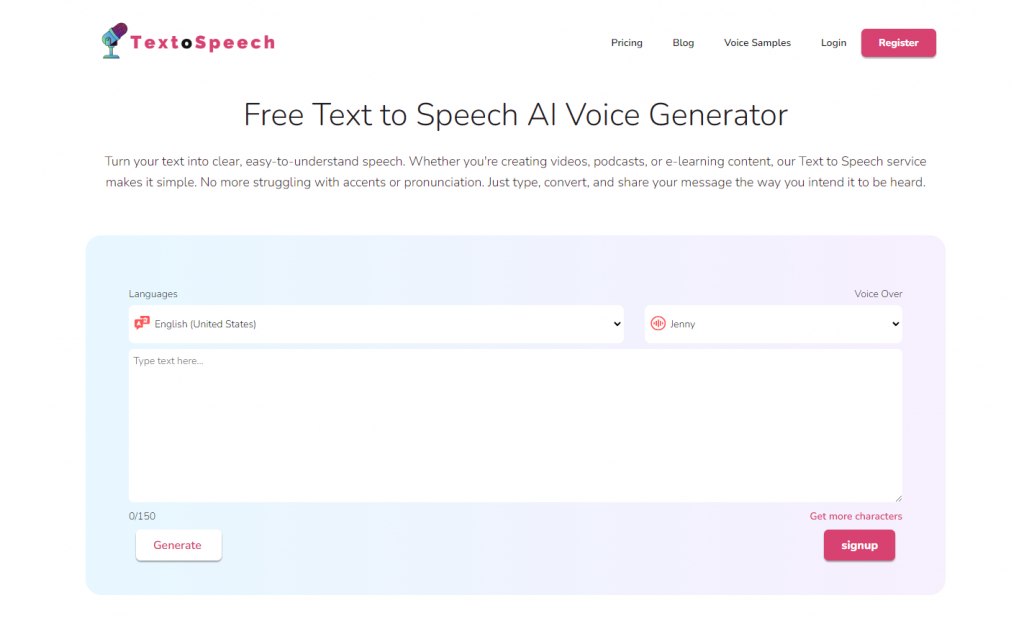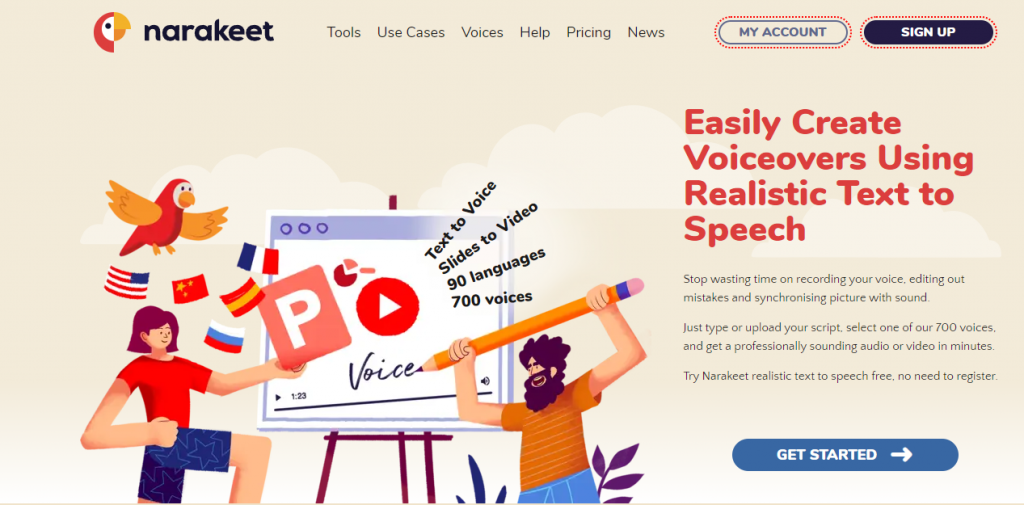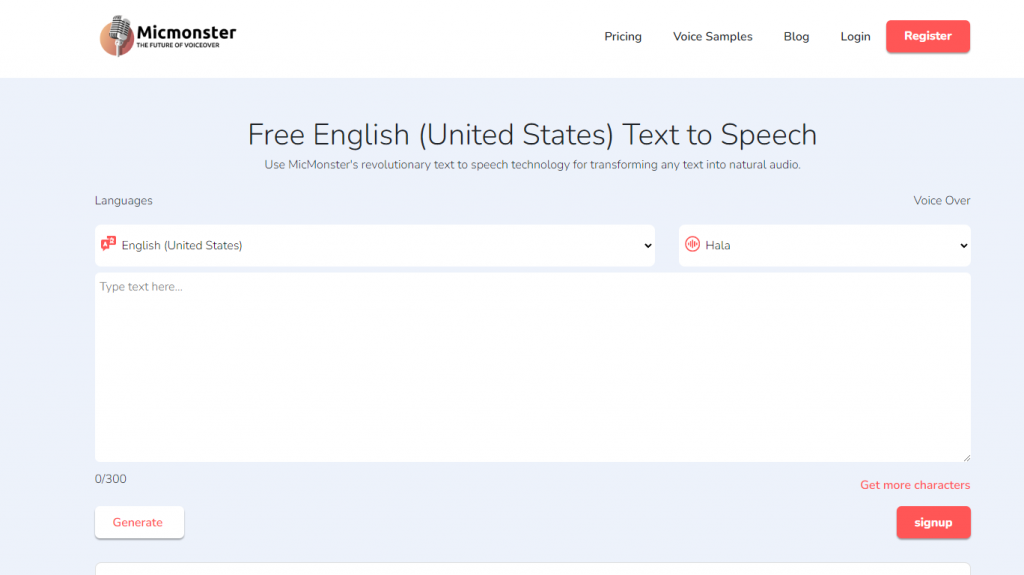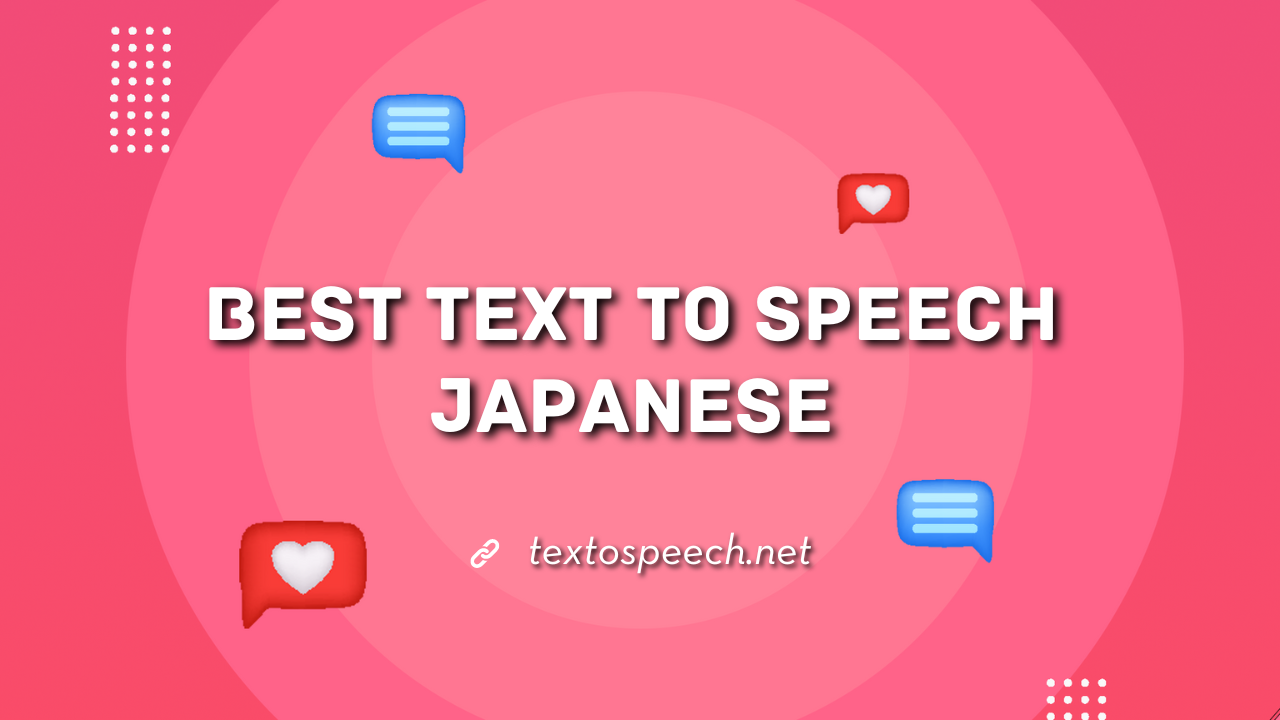Text-to-speech (TTS) technology has become a vital tool for various applications, especially in language learning and digital content creation. When it comes to Japanese, finding the best text-to-speech solution is key for accurate pronunciation and natural-sounding speech.
In this article, we will discuss the top Japanese text-to-speech solutions available. We’ll explore their features, benefits, and how they can be effectively used in different scenarios, from educational purposes to business applications.
Why Text to Speech Japanese?
Text to Speech Japanese can make your content more accessible. It’s a helpful tool for those who want to understand Japanese content, especially if they can’t read the language.
Using the Best Text to Speech Japanese service can improve your website’s user experience, making it more inclusive for a wider audience.
Plus, it’s a simple way to engage your audience with audio content. So, it’s a useful addition to your website’s features, ensuring that your content is accessible and appealing to a broader range of users.
5 Best Text to Speech Japanese
1. TextoSpeech

TextoSpeech is a text-to-speech website. It’s great for converting written text into spoken words, and it does this in many languages, including Japanese. The Japanese text-to-speech feature is useful for people who want to hear how written Japanese sounds when spoken.
This can help with learning the language or just for enjoying Japanese content audibly. It’s user-friendly, so anyone can use it easily, even if they’re not tech-expert. This makes TextoSpeech a top choice for those needing Japanese text-to-speech services.
Features
- supports more than 300 voices and more than 50 languages, meeting a wide range of content requirements.
- offers a simple text editor with a real-time preview for voiceover adjustments.
- Options for flexible pricing include a lifetime plan, affordable subscriptions for advanced functionality, and a free edition.
- voices with a natural sound that are perfect for multimedia projects and YouTube videos.
- web-based platform, which eliminates the need to install software and guarantees accessibility and convenience.
- Quick processing times enable voiceover jobs to be completed more quickly, which boosts output.
Pros And Cons
Pros
- Variety of Voices and Languages
- Ease of Use
- Time-Saving
- Cost-Effective
- Consistency
- Accessibility
Cons
- Limited Features in Free Version
- Lack of offline functionality
2. Narakeet

Narakeet is a tool that turns text into speech. It’s really good for the Japanese language. It sounds like a real person talking, not like a robot. This is great for making videos or audio in Japanese.
It’s easy to use, even if you don’t know much about technology. You just type what you want to say, and Narakeet does the rest. It’s helpful for people who need to create content in Japanese but don’t speak the language well.
Features
- Offers over 700 voices across 90 languages, catering to a global audience and diverse content needs.
- Includes background music options, sound effects, and the ability to adjust speech speed and pitch for customized voiceovers.
- Easy-to-use script editor and the ability to convert PowerPoint presentations directly into narrated videos.
- Flexible pricing plans, including pay-as-you-go and subscription options, are suitable for various user needs and budgets.
- High-quality, natural-sounding voices enhance the overall audio experience of your content.
- Easily integrates with various content creation workflows, streamlining the process of adding voiceovers to videos and presentations.
- Wide accessibility with support for multiple languages and dialects, making it ideal for creating content for international audiences.
Pros and Cons
Pros
- Variety of Voices and Languages
- Ease of Use
- Time-Saving
- Cost-Effective
- Consistency
- Accessibility
Cons
- Limited Features in Free Version
- Lack of offline functionality
3. PlayHT

PlayHT is a text-to-speech tool that’s really good for turning written words into spoken ones. It’s especially useful if you want to hear how something is said in Japanese. This tool uses advanced tech to make the speech sound natural, not robotic.
So, if you have text in English or another language and want to hear it in Japanese, PlayHT does this well. It’s great for learning or just for listening to how things are said in Japanese. Plus, it’s user-friendly, so you don’t have to be a tech expert to use it.
Features
- Offers over 900 AI voices across 100+ languages, catering to a global audience.
- Includes SSML tags for voice control, WordPress plugin, and podcast hosting integration.
- Real-time voice preview to ensure quality before finalizing the audio.
- Flexible pricing plans, including a free version and affordable premium options.
- High-quality voice cloning technology for personalized voiceovers.
- Easy-to-use interface for quick text-to-speech conversion.
- Advanced customization options, including speed, pitch, and emphasis adjustments.
Pros and Cons
Pros
- Wide Range of Voices and Languages
- Realistic Voice Synthesis
- Easy to Use
- Customization Options
- Integration Capabilities
Cons
- Dependence on Text Quality
- Lack of Emotional Depth
- Cost
- Limited Customization in Free Version
4. MicMonster

MicMonster is a text-to-speech tool, and it’s really good for Japanese. It turns written words into speech, like reading out loud. It’s useful for anyone who needs spoken Japanese from written text.
This tool is handy for learning, making videos, or just for fun. It’s easy to use, too. You just type or paste Japanese text, and it reads it back in a clear voice. This makes it a top choice if you need Japanese spoken from text.
Features
- Over 600 voices are available, covering 140 languages and catering to diverse linguistic needs.
- Advanced AI technology enables it to infuse emotions into voiceovers, adding authenticity and reliability.
- UMicMonster offers natural, human-like voices.
- Delivers exceptional audio quality with a 384 Kbps Bitrate for an immersive listening experience.
- Offers control over the emotion and tone of voiceovers, enhancing realism and engagement.
- Allows flexibility in adjusting pitch and speed to suit specific project contexts.
Pros and Cons
Pros
- Wide Range of Voices and Languages
- User-Friendly Interface
- Speed of Conversion
- Customization
Cons
- Lack of Natural-Sounding Voices
- Limited Emotional Range
- Contextual Limitations
5. Listen2It

Listen2It is an online tool that specializes in converting text into speech, making it the best choice for Japanese text-to-speech needs. With a user-friendly interface, it’s incredibly easy to use. Just type or paste your text, select the language, and click to hear your text spoken in Japanese.
It’s perfect for anyone looking to create voiceovers, learn Japanese pronunciation, or assist those with reading difficulties. Whether you’re a language enthusiast or need a speech for multimedia projects, Listen2It’s simplicity and effectiveness make it the top choice for transforming text into Japanese speech effortlessly.
Features
- voiceovers in 145+ languages and dialects in 900+voices.
- You can download the audio files created from the text.
- You can adjust the speech speed to your liking.
- Audio versions of content using realistic text-to-speech
- Podcasts from text with lifelike text-to-speech audio
Pros and Cons
Pros
- Text-to-Audio Conversion
- Multiple Voices
- Language Support
- Speed Control
- Downloadable Audio
Cons
- Limited Features
- Dependency on Internet
- Quality Variability
- No Advanced Editing
FAQs
What is Text to Speech (TTS) in Japanese?
TTS in Japanese is a technology that converts written text into spoken Japanese audio. It enables computers and devices to read text aloud, making it accessible to those who prefer to listen rather than read.
How accurate is Japanese Text to Speech?
Japanese TTS accuracy has greatly improved over the years. Modern TTS systems can produce highly intelligible and natural-sounding speech, but the quality may vary depending on the specific system or software used.
Can I use Japanese Text to Speech for language learning?
Yes, Japanese TTS is a valuable tool for language learners. It can help improve pronunciation, listening comprehension, and practice reading Japanese text aloud.
How can I improve the naturalness of Japanese Text to Speech?
To make Japanese TTS sound more natural, you can adjust parameters like pitch, speed, and emphasis. Experimenting with different settings can help achieve a more lifelike voice.
Final Words
Text to speech technology in Japanese has greatly advanced, offering realistic and clear voices. These top five options stand out for their accuracy, ease of use, and flexibility, catering to various needs.
Whether for learning, content creation, or accessibility, these tools provide effective solutions. They highlight the importance of technology in bridging language barriers and enhancing communication.

